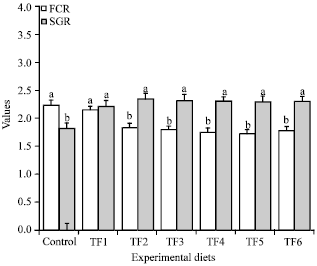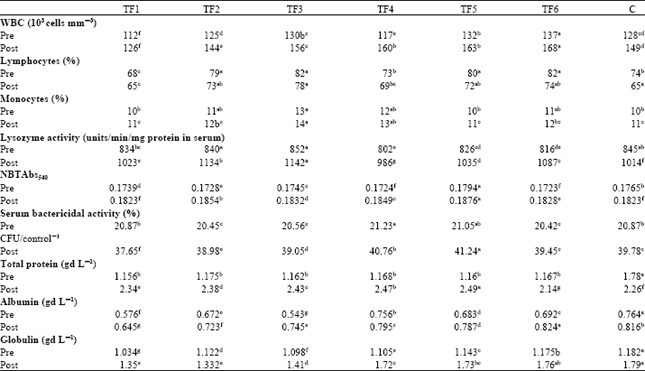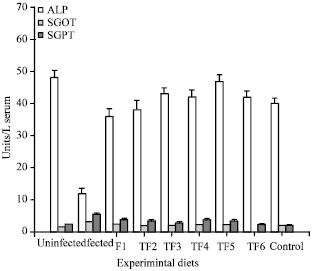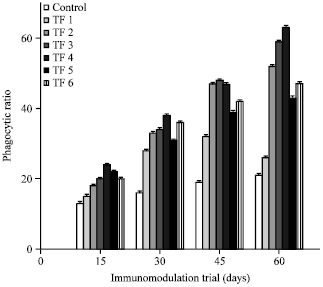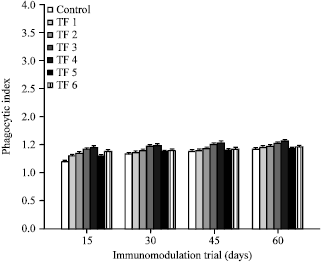Research Article
Dietary Inclusion of Protease Producing Novel Pontibacter spp. and Bacillus megaterium as a Probiotic Enhances Immune Responses in Labeo rohita
Environmental Technology Division, Central Leather Research Institute, Council of Scientific and Industrial Research, Chennai-600 020, Tamil Nadu, India
V. Dillibabu
Environmental Technology Division, Central Leather Research Institute, Council of Scientific and Industrial Research, Chennai-600 020, Tamil Nadu, India
Dash-Koney Madhuri
Queens University, Belfast, United Kingdom
D. Mohana Priya
Environmental Technology Division, Central Leather Research Institute, Council of Scientific and Industrial Research, Chennai-600 020, Tamil Nadu, India
C. Nagalakshmi
Environmental Technology Division, Central Leather Research Institute, Council of Scientific and Industrial Research, Chennai-600 020, Tamil Nadu, India
G. Sekaran
Environmental Technology Division, Central Leather Research Institute, Council of Scientific and Industrial Research, Chennai-600 020, Tamil Nadu, India











